Start Smart
BUILDING BRAIN POWER IN THE EARLY YEARS, REVISED
by Pam Schiller
ALSO BY PAM SCHILLER
The Bilingual Book of Rhymes, Songs, Stories, and Fingerplays, with Rafael Lara-Alecio and Beverly J. Irby
Bountiful Earth
Bugs, Bugs, Bugs
The Complete Resource Book for Infants
The Complete Resource Book for Preschoolers
The Complete Resource Book for Toddlers and Twos
The Complete Book of Rhymes, Songs, Poems, Fingerplays, and Chants, with Jackie Silberg
The Complete Book of Activities, Games, Stories, Props, Recipes, and Dances, with Jackie Silberg
Count on Math, with Lynne Peterson
Creating Readers
Critters and Company
Do You Know the Muffin Man? with Thomas Moore
Fabulous Food
Honk, Honk, Rattle, Rattle
The Instant Curriculum, Revised, with Joan Rosanno
Me, My Family, and Friends
The Practical Guide to Quality Child Care, with Patricia Carter Dyke
School Days
Seven Skills for School Success
The Values Book, with Tamera Bryant
Where Is Thumbkin? with Thomas Moore
Wild, Wild West

Copyright
2012 Pam Schiller
Published by Gryphon House, Inc.
PO Box 10, Lewisville, NC 27023
800.638.0928; 877.638.7576 (fax)
Visit us on the web at www.gryphonhouse.com.
All rights reserved. No part of this publication may be reproduced, stored in a retrieval system, or transmitted in any form or by any means, electronic, mechanical, photocopying, recording, or otherwise, without the prior written permission of the publisher. Printed in New Delhi, India through Paras Offset, PVT. LTD. Every effort has been made to locate copyright and permission information.
Illustrations: Deb Johnson
Cover art: iStock photo LP 2011. All rights reserved. iStockphoto and iStock are trademarks of iStockphoto LP. www.iStockphoto.com.
Library of Congress Cataloging-in-Publication Information
Schiller, Pamela Byrne
Start smart! : building brain power in the early years / Pam Schiller. -- 2nd ed.
p. cm.
ISBN 978-0-87659-442-1
1. Ability in children. 2. Intellect--Problems, exercises, etc. 3. Learning, Psychology of--Problems, exercises, etc. 4. Child psychology. I. Title.
BF723.A25S35 2012
49.123--dc23
2011049685
Bulk purchase
Gryphon House books are available for special premiums and sales promotions as well as for fund-raising use. Special editions or book excerpts also can be created to specification. For details, contact the Director of Marketing at Gryphon House.
Disclaimer
Gryphon House, Inc., and the author cannot be held responsible for damage, mishap, or injury incurred during the use of or because of activities in this book. Appropriate and reasonable caution and adult supervision of children involved in activities and corresponding to the age and capability of each child are recommended at all times. Do not leave children unattended at any time. Observe safety and caution at all times.
Table of Contents
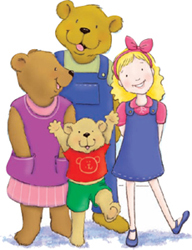
When old ideas, assumptions, and theories converge with new ideas, needs, insights, and technologies, we have an opportunity to move forward in our thinking. Because of research in brain development, we know more than we did before about how to offer children the best possible foundation for learning. Start Smart: Building Brain Power in the Early Years, Revised is filled with both information and ideas that translate brain research to practical, easy-to-do activities for young children.
The human brain may only weigh three pounds, but those three pounds are some of the most fascinating on this planetpossibly in the universe. Although often compared to a computer, the human brain is far more complex and far more capable. In fact, the human brain takes in and organizes more information in a day than a computer is capable of processing in years. Researchers estimate that the human brain receives between 35,000 and 40,000 bits of information per second. Of course, much of this information is screened out, or our brains would blow the equivalent of a fuse.
The human brain is capable of imagining and creating the spaceship that took us to the moon, laser surgery, video and computer games, baseball, the automobile, the computer, Mozarts Requiem Mass, Leonardo da Vincis Mona Lisa, electricity, spaghetti, and building blocksall of this from an organ that is about the size of a grapefruit.
Long before birth, the brain begins building the neural connections for everythingfrom breathing and sight to the ability to speak, think, and reason. Although the structure is in place, it will be up to the environment to strengthen and grow the pathways. Neuroscience research supports the idea that the environment is ultimately responsible for who we turn out to be (Goleman, 2005; Gordon & Lemons, 1997). Nature endows us with inborn abilities and traits; nurture takes these genetic tendencies and molds them as we learn and mature. This view of the nature-versus-nuture debate is referred to as the interactive perspective (Gordon & Lemons, 1997).
Start Smart: Building Brain Power in the Early Years, Revised focuses on the key findings of brain research, exploring how and when we can strengthen brain connections. This book also explores environmental influences that enhance brain functions and provides strategies to help optimize learning.
FIVE KEY FINDINGS ON BRAIN DEVELOPMENT
When current brain research is summarized, what emerges are simple, easy-to-understand findings that, for the most part, reinforce what we know intuitively. The following is a list of the five most relevant findings:
 Brain development is contingent upon a complex interplay between genes and environment. There is currently little debate about whether learning is more dependent upon nature or nurture. It is clear from the research that nature lays down a complex system of brain circuitry, but how that circuitry is wired depends upon external forces such as nutrition, surroundings, and stimulation. Daniel Goleman (2006) estimates that 70 percent of who we turn out to be is a product of the experiences we encounter in our environment.
Brain development is contingent upon a complex interplay between genes and environment. There is currently little debate about whether learning is more dependent upon nature or nurture. It is clear from the research that nature lays down a complex system of brain circuitry, but how that circuitry is wired depends upon external forces such as nutrition, surroundings, and stimulation. Daniel Goleman (2006) estimates that 70 percent of who we turn out to be is a product of the experiences we encounter in our environment.
Next page



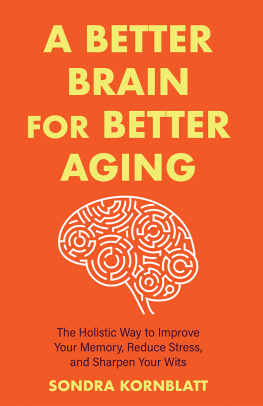
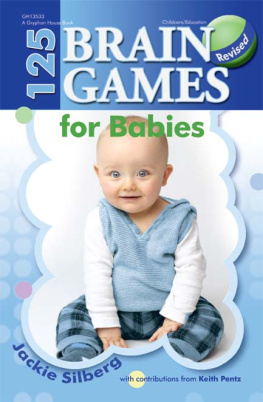

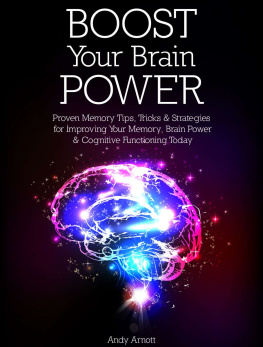
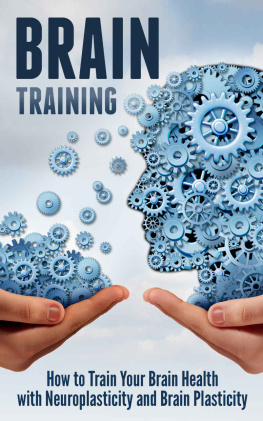
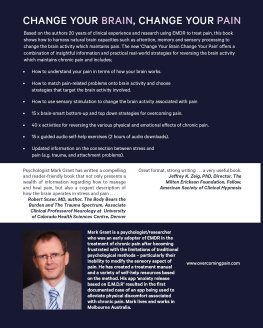
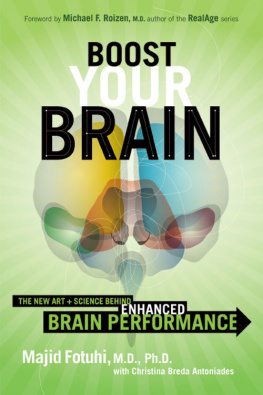


 Brain development is contingent upon a complex interplay between genes and environment. There is currently little debate about whether learning is more dependent upon nature or nurture. It is clear from the research that nature lays down a complex system of brain circuitry, but how that circuitry is wired depends upon external forces such as nutrition, surroundings, and stimulation. Daniel Goleman (2006) estimates that 70 percent of who we turn out to be is a product of the experiences we encounter in our environment.
Brain development is contingent upon a complex interplay between genes and environment. There is currently little debate about whether learning is more dependent upon nature or nurture. It is clear from the research that nature lays down a complex system of brain circuitry, but how that circuitry is wired depends upon external forces such as nutrition, surroundings, and stimulation. Daniel Goleman (2006) estimates that 70 percent of who we turn out to be is a product of the experiences we encounter in our environment.